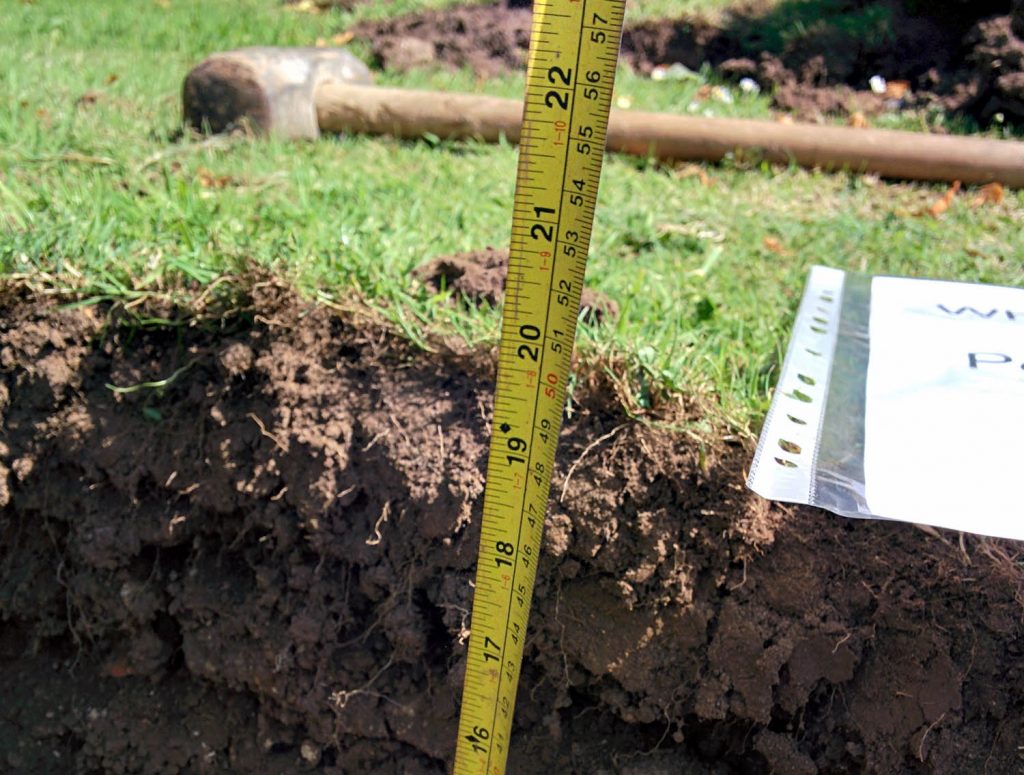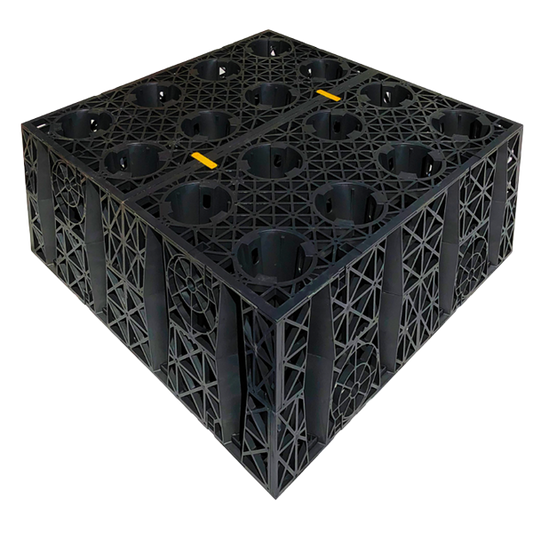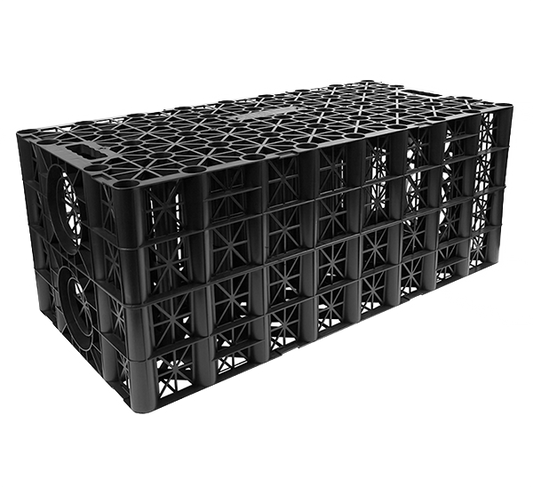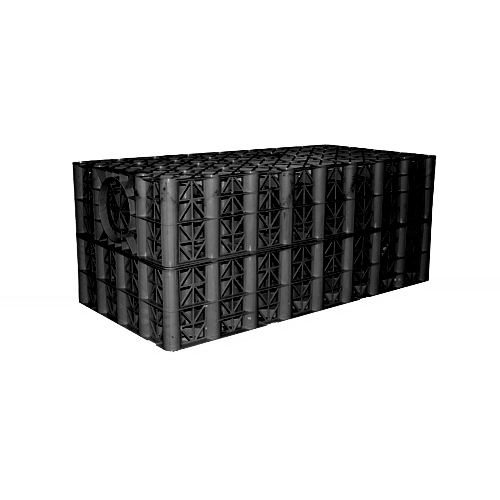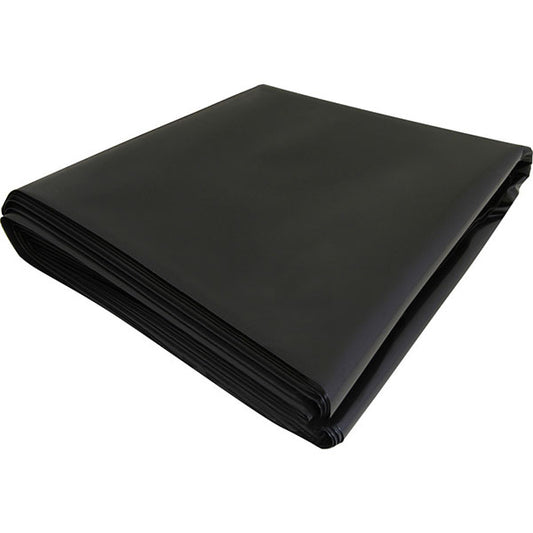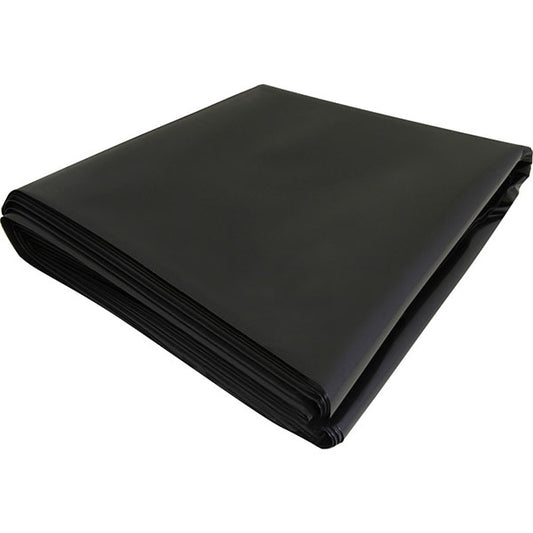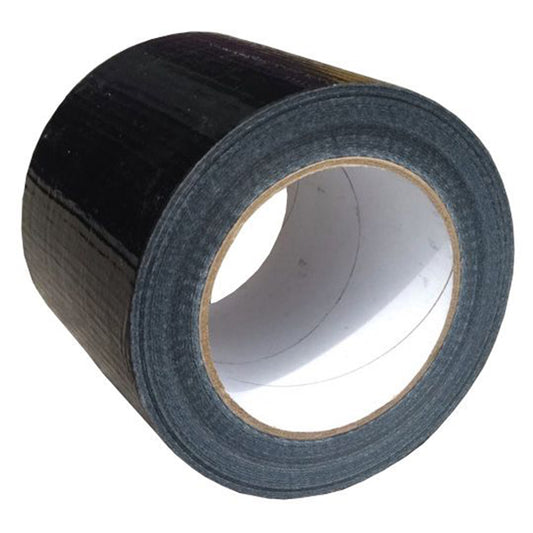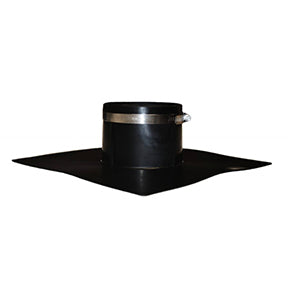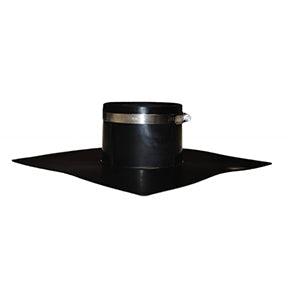With water levels fluctuating more erratically in recent years due to increases in extreme wet weather, water table levels must be reviewed when considering building structures.
Within this blog, we explain what a water table is, how high water table areas can affect sewage systems and construction foundations, and how to conduct a water table test.
What is a Water Table?
The water table is the surface of a body of unconfined groundwater at which the pressure is equal to that of the atmosphere.
Water tables can be analysed directly by drilling an observation well into the groundwater body and waiting for the water level to stabilise.
Repeated measurements of the water level in this well over a year will reveal that the water level fluctuates, perhaps by a metre or more.
What is a high water table area, and how could this affect where you build?
A high-water table area is within 1.8 metres of the ground surface during the frost period until the end of August. Or within 2.4 metres off the ground surface during the rest of the year.
Water tables fluctuate between the seasons, year to year as they’re affected by the climate.
A rainy season, such as late winter/early spring, contributes to a high water table due to higher precipitation levels.
Having high water tables can have negative impacts:
Underground sewage and drainage systems
A high water table affects how well an underground sewage disposal or drainage system can function.
If the soil surrounding a septic tank is permanently saturated, it can’t keep the system firmly in place, causing the system to shift and spill. This may lead to surface water contamination that damages land and harms livestock.
Dense soil filled with groundwater can also cause drainage systems like soakaways to be ineffective, as wastewater can’t disperse from it into the ground. In the winter, groundwater levels can be so high that it flows into the soakaway, filling the crates and leading to poor surface drainage.
Construction
High water tables make land unusable for building work or the construction of roads or buildings.
A significant level of groundwater combined with dense soil creates saturated ground around our homes, potentially displacing foundations and causing water damage or rot.
Why do I need to conduct a water table test?
Knowing your water table level is very important to assess the flood risk in any construction area – a water table test helps us to determine whether there is a high water table beneath the surface.
A low water table is best for construction and underground drainage installations as there is less sub-surface water to saturate the soil and hinder drainage systems and housing structures.
How to undertake a water table test hole?
One of the basic methods for determining water table levels is the water table test.
This test consists of drilling a hole to a depth of 3 metres, allowing the water to stabilise, and then measuring the distance from the groundwater to the water level.
What are the conditions for a water table test?
- The optimal time for testing – the optimal time for testing is during the spring after the frost is out of the ground - this is when water tables are generally at their peak level.
- Location of test holes – as a general rule, one water table test is needed for an area less than 3 acres and 3 table test holes for sights between 3 to 10 acres. If this test is for one residential home, then a test hole at the proposed building site and another within the drainage disposal field will be sufficient.
- Drilling the test hole and keeping a soil log – drill the hole to a minimum depth of 3 metres - a deeper hole is needed in sandier soils where groundwater contamination is of concern. Whilst the hole is being drilled, record the soil texture.
- Preparing the test hole for water level measurements – after drilling the hole, insert a perforated plastic pipe that reaches the bottom and protrudes above the ground surface at least 30 cm. This pipe must have a lid on it to prevent debris from entering.
The excavated soil should be backfilled around the pipe and mounded around the standpipe to prevent the entry of surface water.
After all these conditions are ensured, it's time to measure your water table. To do this, measure the distance from the groundwater to the water level in your 3-metre hole once the water level has stabilised.
Choose Cotterill Civils
We supply and can also install sewage treatment and stormwater attenuation solutions. Please call us for expert advice on 0121 351 3230, and we’ll be in touch as soon as possible.
Alternatively, fill out our enquiry form:




